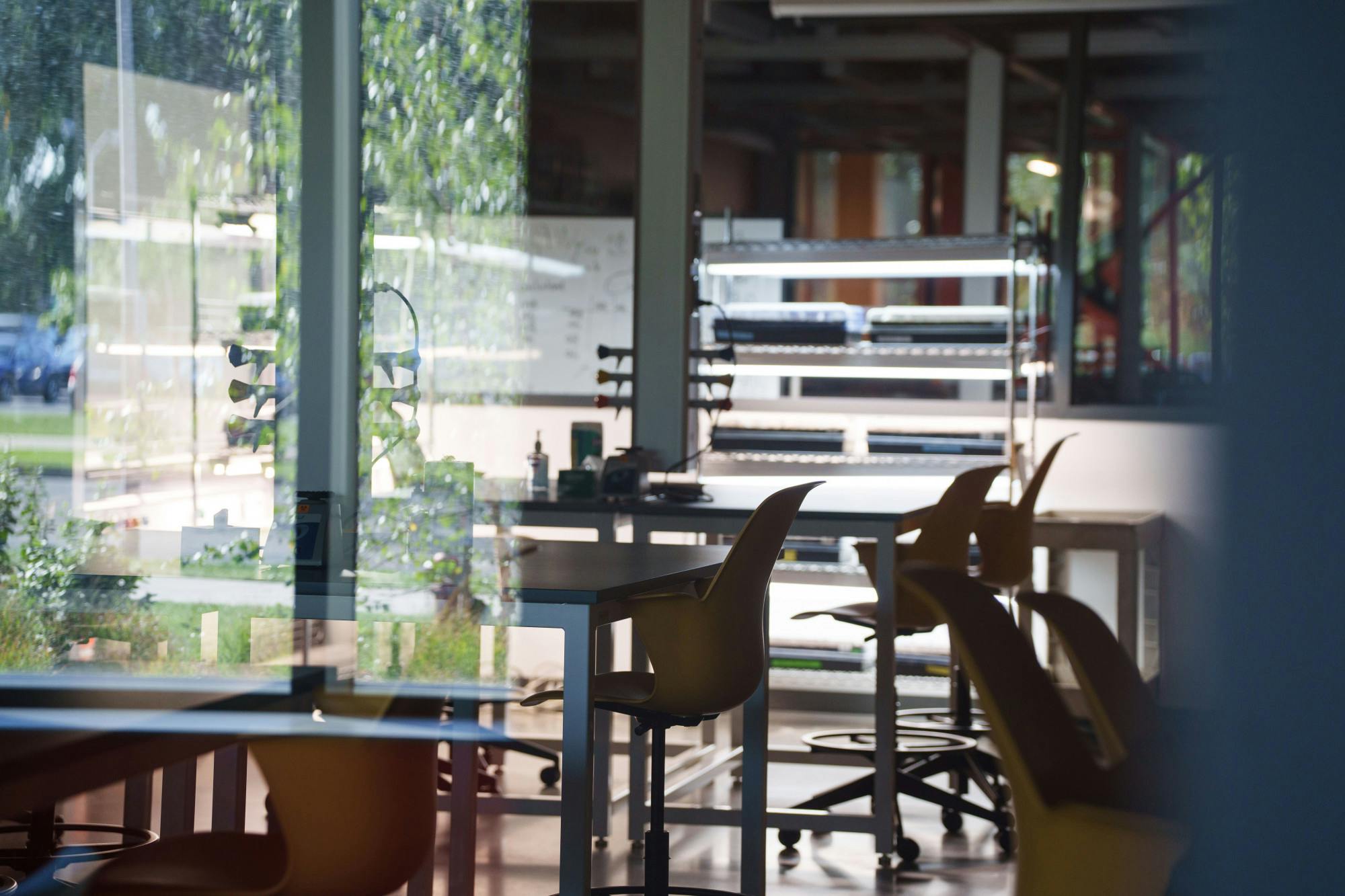Over 600,000 individuals go missing in the United States every year. According to NamUs, the National Missing and Unidentified Persons Systems, tens of thousands of these individuals become “cold cases,” or missing for over one year.
Much of this is due to the fact that human remains, even when found, require a technical and arduous process to match an identity.
“Often the individuals who are going to be the ones who are unidentified are people who are found skeletonized in the woods, or in an abandoned building or something like that,” Assistant Professor and Director of MSU’s Forensic Anthropology Laboratory Carolyn Isaac said.
With little to no circumstantial evidence offering clues of who that individual may be, forensic anthropologists turn to technology such as radiographs to dig deeper, Isaac said.
“We will analyze the skeleton for features that indicate the sex of the individual, the age of the individual, the ancestry and the stature,” Isaac said. “We’ll also look for potential identifying features, you know, fillings in the teeth, any trauma that happened during life … or surgical intervention that we can see on the skeleton.”
In its publication Forensic Identification of Human Rights, the International Red Cross Committee emphasized that it is important to collect information about the individual before they went missing. This is called “antemortem” data.
Isaac said this data is especially important when identifying remains that have been affected by time and disintegration.
“When we’re comparing antemortem versus postmortem (after death), we’re looking at the skeletal structures, because those don’t degrade usually,” Isaac said.
She also said tracing the ancestry and origin of individuals can be difficult.
“Ancestry is probably the most difficult aspect of the biologic profile for us to estimate because we’re all humans,” Isaac said. “We share so much of the same DNA, so we look for features of the cranium in the head, and we look for differences in kind of proportions of various features of the head.”
However, Isaac also pointed out that modern technology has reverted to using DNA in a new type of analysis called Forensic Genetic Genealogy. After getting the DNA sample and obtaining the complete profile, like a 23andMe or Ancestry profile, the genealogist starts making family trees. This analysis was used to catch the Golden-State killer.
“So, then it creates a lead for law enforcement to go to … confirm that match," Isaac said. "That’s outside of forensic anthropology, but that’s one of the tools that we’re starting to use for these long, cold cases that are kind of, revolutionizing our approach.”
Recently, an important topic in the forensic anthropology field is surrounding gender constructs and their role in accurate identification.
“There is gender, and then there is biologic sex," Isaac said. "And from the skeleton, we are looking to assess the biologic sex. But there is starting to be research done … of trying to understand individuals who are transgender and kind of seeing, 'can we identify that in the skeleton?'”
She noted that transgender individuals are a very significant population due to their increased likelihood of being victims of a violent crime and are more likely to become unidentified if they are estranged from their families.
“Law enforcement isn’t necessarily reaching out to their chosen family for information," Isaac said. "It’s definitely a very significant research approach that we need to look into more.”
Isaac said that she believes forensic anthropologists “should be the stewards of that individual.”
As legal protocol can often present boundaries to timely identification, Isaac said that an important part of the process is making sure that medical examiners and pathologists throughout the state know that services like hers are available.
“We can’t follow up on (NamUs) -- it’s not like Bones, they don’t give us a badge, we can’t use search warrants and follow up on things,” Isaac said. “But trying to advocate for that decedent, and remembering that that is someone’s mom, someone’s sister, someone’s daughter, I think is really important for us to keep in mind. That this is someone’s loved one that they’re missing, and they’ve been potentially missing for a long time."
Support student media!
Please consider donating to The State News and help fund the future of journalism.
Discussion
Share and discuss “Digging deep into forensic anthropology” on social media.







